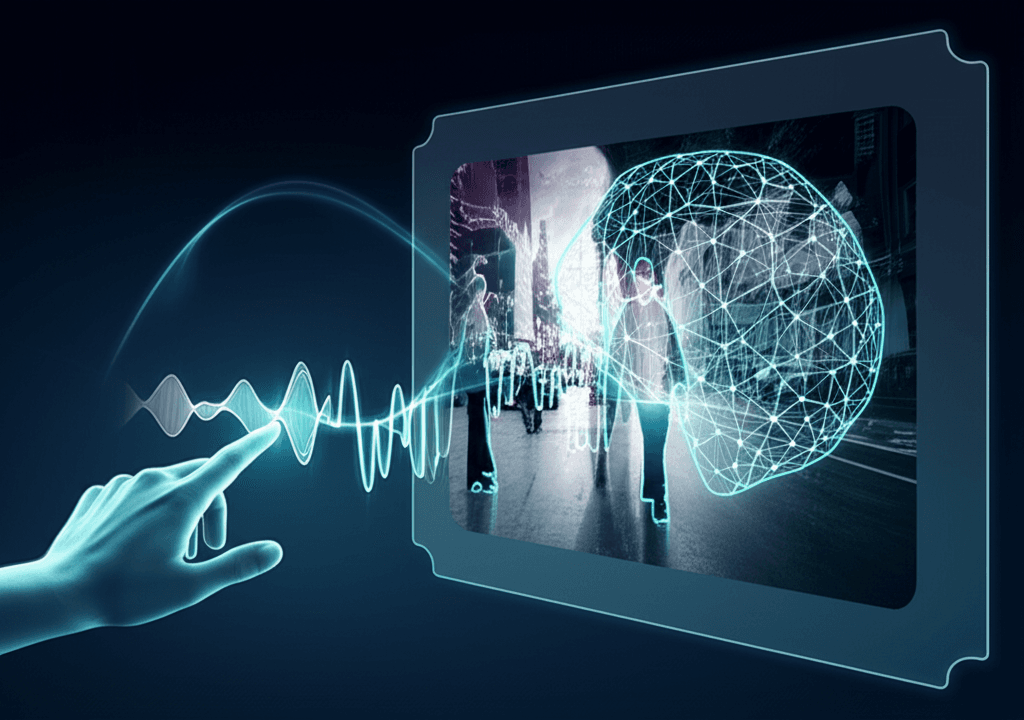AI Breakthrough: Gemini 2.5 Understands Images Conversationally, Like Humans
Google's Gemini 2.5 enables AI to converse with images, understanding complex language to precisely segment your visual world.
July 22, 2025

A significant leap forward in artificial intelligence's ability to interpret the visual world has been achieved with the introduction of "conversational image segmentation" in Google's Gemini 2.5 AI model. This new feature allows the system to analyze and isolate specific elements within an image based on natural, descriptive language prompts from a user.[1][2] The development marks a pivotal shift from previous AI image analysis, which was often restricted to drawing bounding boxes around objects or identifying them with simple, single-word labels.[1] Now, users can engage with visual data in a much more intuitive and sophisticated way, as the AI can parse complex phrases to pinpoint exact objects, areas, or even abstract concepts within a picture.[1][3] This evolution moves beyond merely matching pixels to nouns, fostering a deeper, more contextual dialogue between humans and AI about visual information.[1]
The core innovation of conversational image segmentation lies in Gemini 2.5's capacity to understand nuanced and complex queries that mirror human thought and speech.[1] Instead of a simple command like "identify the car," a user can now ask the model to segment "the car that is farthest away" or "the third book from the left."[3] This capability extends to comprehending object relationships, such as "the person holding the umbrella," and processing conditional logic to identify elements like "food that is vegetarian" or "the people who are not sitting."[3] This represents a substantial advancement from earlier segmentation models that relied on predefined categories and could not interpret such relational or logical instructions.[3][1] The AI can now effectively "see" what a user is asking it to see, transforming the interaction from a rigid, command-based system to a fluid, conversational one.[1][4]
Pushing the boundaries of AI perception further, Gemini's conversational image segmentation can interpret abstract concepts and recognize text within an image.[3][1] The model's extensive world knowledge allows it to identify and segment things based on abstract ideas like "damage" or "clutter," which lack a clear, consistent visual outline.[3][2][5] For instance, an insurance adjuster could prompt the AI to "segment the homes with weather damage," and Gemini would use its understanding to identify specific dents and textures associated with that type of damage, distinguishing it from simple reflections or rust.[3] Furthermore, the system incorporates optical character recognition (OCR) capabilities, enabling it to respond to queries that require reading text within the image, such as identifying a specific item in a display case by its label.[3][2] This multilingual feature also allows for prompts and labels in various languages.[3][2]
The practical applications of this technology are vast and span numerous industries. In creative fields like media editing, designers can bypass complex selection tools and instead use verbal commands to select elements like "the shadow cast by the building," streamlining their workflow.[3][2] In the realm of workplace safety, the AI can be used to monitor compliance by identifying situations rather than just objects. For example, it can scan images or videos for "all people on the construction site without a helmet" or find factory workers not wearing the proper protective gear.[6][2][4] For developers, this technology offers significant advantages by providing flexible language understanding that moves beyond rigid, predefined classes.[3][4] This allows for the creation of tailored solutions for specific industries and users without the need to train and host separate, specialized segmentation models, as the feature is accessible through a single API.[3][6]
In conclusion, the introduction of conversational image segmentation in Gemini 2.5 signifies a transformative moment in the evolution of multimodal AI. It marks a clear progression from basic object recognition to a more profound, human-like comprehension of visual context, relationships, and abstract ideas.[1] By deeply integrating language understanding with sophisticated image analysis, this technology creates a more natural and powerful way for humans to interact with visual data.[5] This not only gives Google a competitive advantage in the rapidly advancing AI landscape but also lays the groundwork for a future where interactions with technology are increasingly intuitive and intelligent across a wide array of sectors, including creative design, industrial safety, and insurance assessment.[1][6][5]